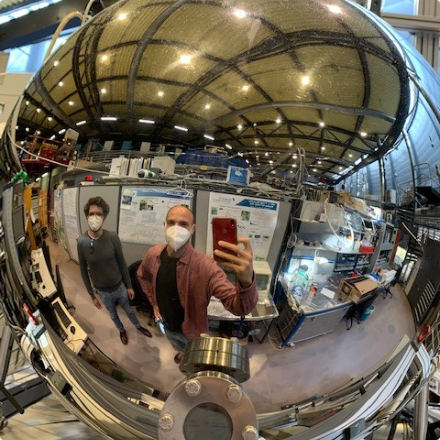Advanced electrode materials characterization
Detailed characterization of the electrode materials is a key activity of the lab. Standard techniques employed are diffraction, titration and electrochemical characterization. Many more techniques are accessible in our lab or within the university shared KeyLabs or collaborators, such as TGA-DSC, NMR, SAXS, XPS, etc. We are also in the process or procuring a ToF-SIMS device for advanced characterization and mapping of interfacial reactions in batteries. Finally, operando "real-time" methods (operando XRD, etc) are employed to monitor the structural changes of the electrode materials in real time during cycling.

We make extensive use of large-scale instruments, such as synchrotron and neutron facilities. These offer a wide range of techniques and sample environments to study electrode materials in the pristine state and during their transformation, which can be induced by chemical reactivity, by change of temperature or by electrochemical alkali (de)intercalation, just to cite a few examples.
Together with other battery research groups, we are part of the Grenoble Battery Hub and thus have the opportunity to carry out extended characterisations on 6 beamlines at the ESRF in Grenoble. More information can be found here.
